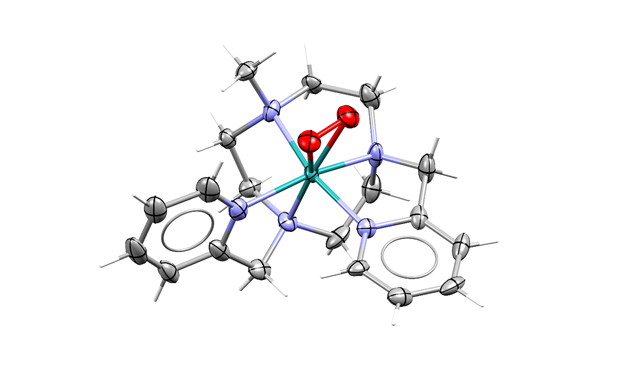CSD Data update September 2021
We are pleased to announce the September 2021 data update of the Cambridge Structural Database (CSD) is now available! This data update brings you 16,688 new organic and metal-organic experimentally determined structures (17,283 new entries) and increases the total size of the CSD to over 1,129,000 structures (1,152,000 entries).
So, what can you expect to find in this update?
This new release contains a wealth of curated crystallographic information, from structures associated with journal publications to standalone CSD communication entries. There is a lot of exciting new structural chemistry to explore, and to get you started we’ve selected a few examples to wet your appetite.
Our first highlight is an important ruthenium(iv) intermediate species involved in the water oxidation reaction. The structure, reported by Casadevall et al. (10.1038/s41557-021-00702-5), features a side-on coordinated peroxo species (CSD Refcode IWECEV) and bridges a gap in the catalytic cycle, giving insight into the reaction pathway.
Another highlight is a fused-ring monomer precursor (CSD Refcode UYIJEU) demonstrated by Sathe et al (10.1038/s41557-021-00748-5). The polymer derived from these monomers shows good thermal stability and can also be efficiently chemically recycled back to the monomer due to the decreased ring strain of the fused system.
CSD entry UYIJEU (10.5517/ccdc.csd.cc266gmj)
This update also contains over 300 entries of hardcopy data – structures that, for various reasons, have not been added to the CSD and need to be input manually from a variety of sources. The conversion of this data to an electronic format and curation of the data is a yearly task performed by the CCDC, highlighting our commitment to data preservation and dissemination. This year, this task was driven by four summer students, as a part of our data-sharing summer programme. More information and insights from their experiences can be found here: Fantastic Four & the Summer Data Sharing. An example of a hardcopy structure included in this data release is an endo-hydrodehalogenation substrate (CSD Refcode EXODUT) used to elucidate the reaction mechanism.
Installing the updates
The CSD Portfolio has a built-in auto-update mechanism that makes updating the data and software easy and will also notify you if an update is available. To use this auto-update mechanism you need to have already installed the 2020.3 version of our software. More information is available via our Support section.
If you prefer to download and install an update manually, or you are unable to run the auto-update mechanism through your computer, then all of our updates are also made available via the ‘Data & Software Updates’ section of our Downloads page. If you are having problems installing the updates, please see our FAQ for more details and other options.
Learn more about the Cambridge Structural Database (CSD) here.
Explore case studies from the literature which used the CSD here.